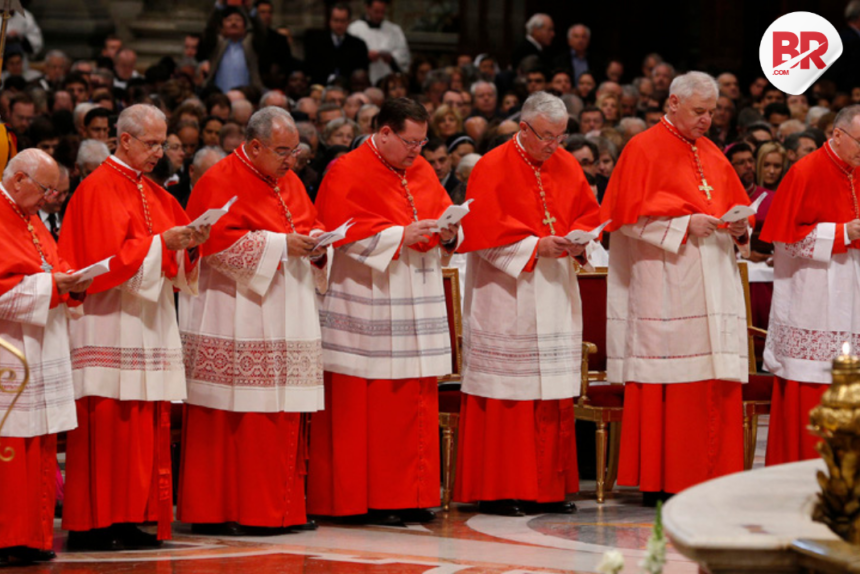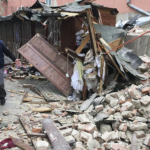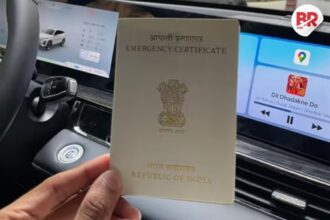
With the passing of Pope Francis, the Vatican is once again thrust into the spotlight. As the world holds its breath, the cardinals will soon begin the sacred and secretive process of choosing his successor.
This pivotal moment in Catholic history is not just a religious event; it’s a global spectacle.

The eyes of millions turn to Rome, where an ancient process will determine the future of the Catholic Church and its role in the world.
The Conclave: A Sacred Assembly
The process of selecting a new Pope is rooted in centuries of tradition. Known as the conclave, this event is the meeting of the College of Cardinals who are tasked with electing the new pontiff. Once gathered in the Vatican, they are sequestered away from the outside world, ensuring that their deliberations remain untouched by external influence.
The conclave takes place in the Sistine Chapel, where the cardinals will engage in prayer, discussion, and voting.
With 252 cardinals eligible to vote, the conclave represents the Church’s global reach. From the Americas to Europe, Africa to Asia, the cardinals represent the diverse and dynamic nature of Catholicism today. This is no small decision, and it’s one that requires prayerful reflection.
Inside the Conclave: Secrecy and Deliberation
Once the conclave begins, the cardinals are completely cut off from the outside world. Their residence within Vatican City, the Domus Sanctae Marthae, becomes their home until a new Pope is elected. Here, in the Sistine Chapel, the cardinals cast their votes. The ballots are then burned. Black smoke signals that no decision has been made, while the iconic white smoke signals the election of a new Pope.
This process is carefully watched by the world. The smoke rising from the chimney of the Sistine Chapel has become one of the most recognizable symbols of the papal election. While the cardinals debate in privacy, the world waits for this simple yet powerful sign.
Also Read The Shadow Pope? Why Cardinal Kevin Farrell Becomes the Vatican’s Most Powerful Man Overnight
Potential Candidates: The Papabili
As the conclave begins, speculation about the next Pope runs high. These potential candidates, often referred to as “papabili,” are widely discussed in the media. The key factors that influence a cardinal’s chances include their theological views, leadership abilities, and experience. Some names regularly pop up in discussions:
- Cardinal X: Known for his progressive views on social justice.
- Cardinal Y: A respected theologian with a conservative outlook.
- Cardinal Z: A dynamic leader with extensive experience within Vatican administration.
However, as is often the case in these elections, the outcome may surprise everyone. The Holy Spirit, according to Church tradition, guides the election process. Thus, while speculation abounds, the final decision remains in divine hands.
Also Read In the Crossfire, a Blessing: How Pope Francis Reached Gaza Christians
Hints to Watch For
Though the conclave is secretive, there are some indicators that can offer insight into how the election might unfold:
- The Number of Ballots: A quick decision, with the Pope elected after just a few ballots, suggests a strong consensus among the cardinals. A longer election, filled with numerous ballots, typically signals divisions that will take longer to resolve.
- Pre-Conclave Statements: Cardinals often give interviews or make public statements leading up to the conclave. These comments can shed light on their priorities and preferences for the next Pope.
- Health and Age of Cardinals: The physical health of the cardinals is also closely monitored. The election process can take a toll, and the ability to sustain the demanding schedule is important.
What Happens Next
Once the white smoke signals the election of a new Pope, he will step out onto the balcony of St. Peter’s Basilica to address the world. He will accept the papacy, select his papal name, and deliver his first Urbi et Orbi blessing (to the city and the world). The inauguration Mass will follow shortly thereafter, marking the beginning of his papacy.
While the process is shrouded in tradition, it carries immense significance for the Catholic Church and its global community.
The next Pope will inherit the mantle of leadership for millions of Catholics around the world. His leadership will shape the Church’s direction, particularly in matters of faith, social justice, and global influence.
The Moment of Transition
The election of a new Pope is not just a religious event but a global moment of transition. It’s a time when the Church reflects on its past and looks to the future, seeking a leader who will guide it through the challenges of the 21st century. The conclave may be steeped in tradition, but the decision it makes will affect billions.
As the conclave begins, the world watches with anticipation. Who will the cardinals choose to lead the Catholic Church into the future? Time will tell, but for now, the world waits for the white smoke.
Also Read Pope Francis Enters Eternity: Why His Final Resting Place Matters More Than Ever












